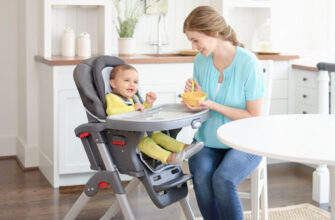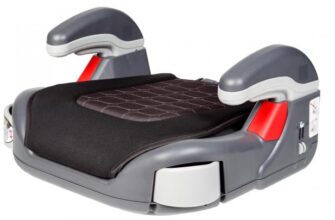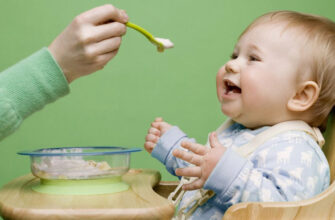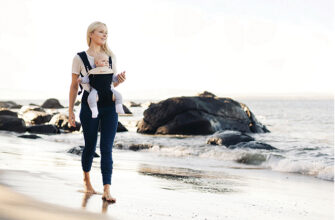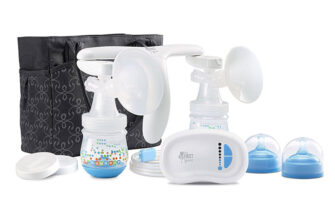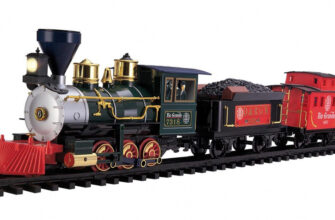A school backpack for a girl or boy should be durable and roomy, properly distribute the load and not contain hazardous toxic substances. How to choose such a product, and what to look for when buying, we will tell you in this article.
The best manufacturers of backpacks for schoolchildren
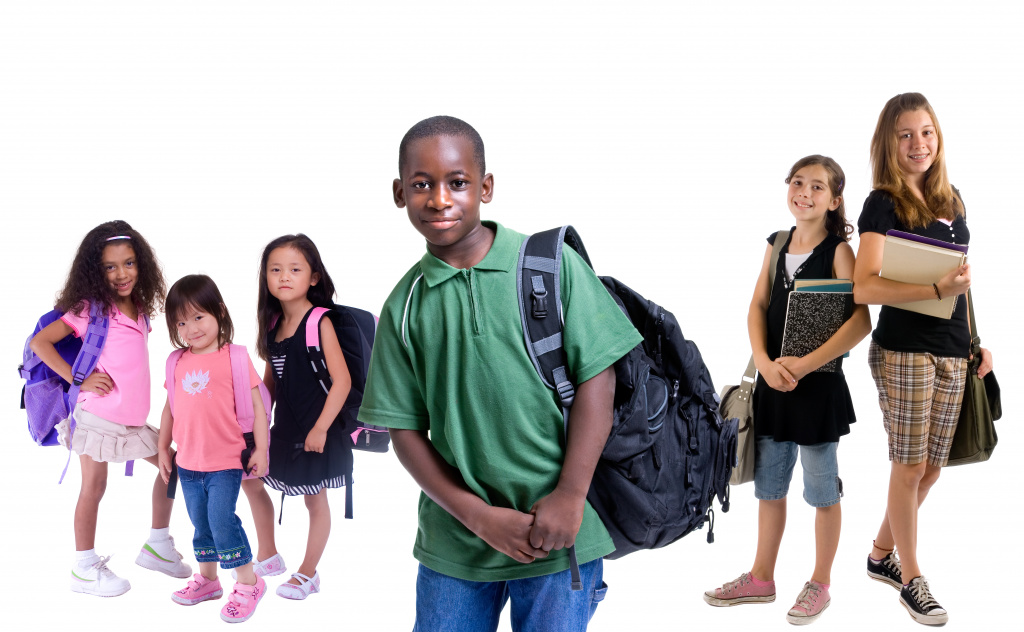
Backpacks come in a variety of sizes, colors and shapes. They help children to express themselves and their sense of style. It is important that the child likes the backpack, but you cannot completely trust the child's choice.
A backpack that is too large and bulky will pull the student backward, causing the student to lean forward and bend the back. This will start to hurt his shoulders, back and neck. It will also negatively affect the spine of the child, especially the younger student, and increase the risk of curvature of the spine.
According to the recommendations of the SanPin of the Russian Federation, backpacks for primary school students cannot exceed 0.6–0.7 kg, and for middle and senior students – 1 kg. GOST allows the use of models weighing no more than one kilogram for primary school students.
Many backpacks are overweight. At the same time, safe and durable materials are not always used in their production, and the products themselves are tested for sanitary-chemical, toxic-hygienic and other indicators. Therefore, it is so important to choose products from those manufacturers who adhere to existing recommendations and are responsible for product safety. These manufacturers are:
-
Herlitz;
-
DerDieDas;
-
Hama;
-
Spiegelburg;
-
Hummingbird;
-
Deuter;
-
Erich Krause.
Which backpack to choose for a primary school student
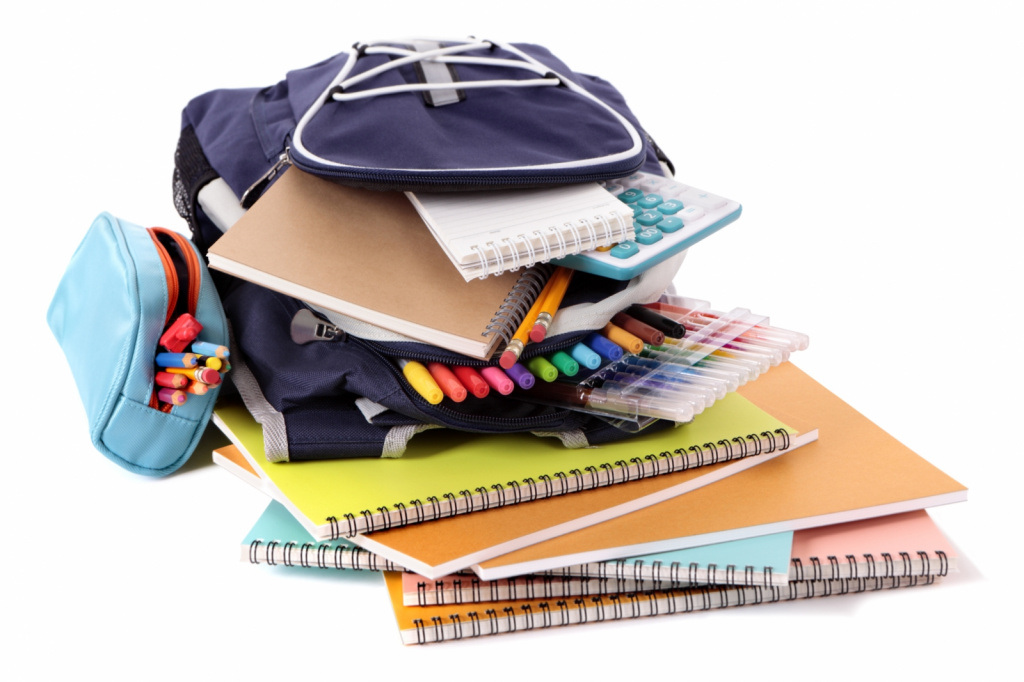
It is not recommended to buy a backpack for students in grades 1-4, as it does not have a rigid frame and a solid back. The best choice are satchels – products with wide adjustable straps, an orthopedic back and a rigid body. They have a firm bottom so that school supplies don't sag or put pressure on your child's lower back. In addition, due to the firm back, the satchels provide the correct load on the child's spine, contributing to its correct formation.
These products are very easy to use. They keep their shape well, due to which notebooks and books do not wrinkle, and they fit A4 size items. The rigid frame protects the contents of the backpack from deformation, and due to the presence of a solid bottom (often oilcloth), nothing will happen to the product, even if the child puts it in a puddle or snowdrift.
As a rule, such items have bright pictures and well-visible cartoon characters. This is necessary not only for the child to like the backpack, but also for the safety of the elementary school student. A child with a bright backpack is better visible on the road. It is also necessary that the backpack has reflective inserts that are clearly visible in the dark.
What to look for when choosing a backpack
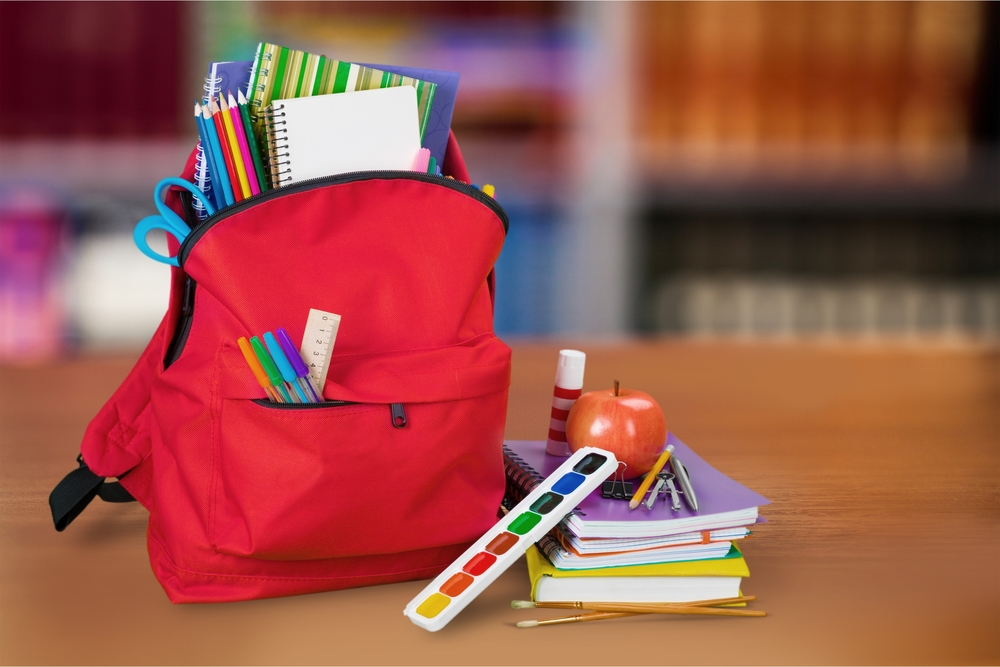
School backpacks are recommended for children 11-16 years old. Such products do not have a rigid frame and a solid back, but more and more manufacturers are creating models from a material that retains its shape well, with a compacted orthopedic back. Therefore, the difference between backpacks and satchels is gradually erased.
When choosing a knapsack and backpack, you need to pay attention to the following parameters:
Webbing and belt
The straps of the backpack should be wide (2–8 cm) and soft. They better distribute the load on the shoulders and back of the child and make the backpack more comfortable to carry. If the straps cut into the child's shoulders, it can affect circulation and irritate the skin. As a result, the student will begin to experience tingling, numbness, and weakness in the hands.
The most comfortable shape of the straps is S-shaped. It ensures the correct distribution of the backpack's weight on the student's spine. It is also desirable that the straps are padded with ventilated material. Thanks to this, the child will sweat less during the warmer months.
Some models are equipped with a special belt that is fixed at the waist of the child. It reduces stress on the back and ensures a better fit of the backpack to the body.
Size and weight
Students should not carry more than 10% of their weight. That is, if the child weighs 35 kg, the backpack together with the contents should not be heavier than 3.5 kg. In this case, the weight of the product cannot be more than 1 kg. Since schoolchildren have to carry a lot of heavy books and exercise books, choose lighter backpacks.
Also, don't buy too wide models. They distribute weight unevenly across the spine, creating unnecessary stress.
The width of the model should match the width of the child's shoulders. Also, when buying, make sure that the bottom edge of the backpack reaches the student's waist, and the top corresponds to shoulder level.
Material
Children, especially elementary school students, cannot sit still for a long time. During breaks and after school, they play snowballs, slide down slides and walk in the rain, 'testing' their clothes and backpack. Therefore, choose products in the production of which wear-resistant, moisture-resistant and frost-resistant materials were used. Also look out for backpacks that can be machine washed or cleaned with a damp cloth.
Back
Doctors recommend choosing backpacks with a dense orthopedic back. It follows the shape of the child's spine, providing a tighter fit of the product to the body, and reduces stress on the back. The orthopedic back also reduces the risk of curvature of the spine, and thanks to the soft inserts, the backpack becomes more comfortable.
Attention! This material is the subjective opinion of the authors of the project and is not a purchase guide.



